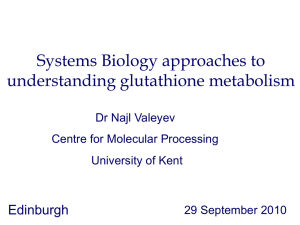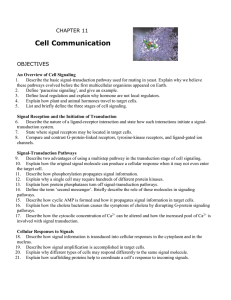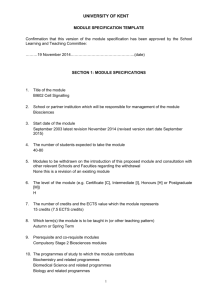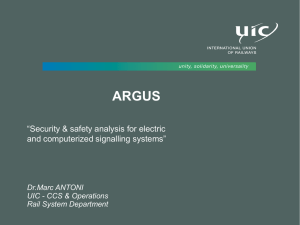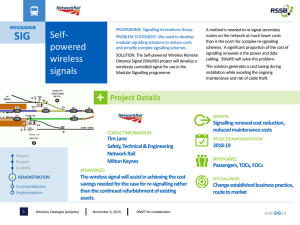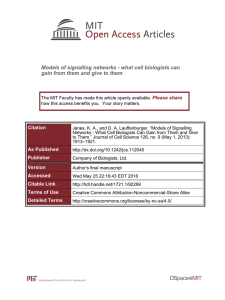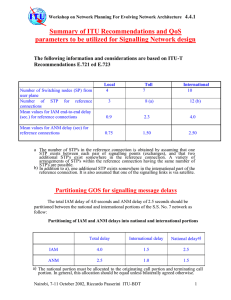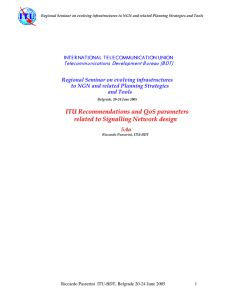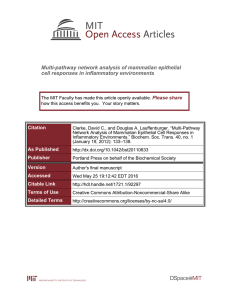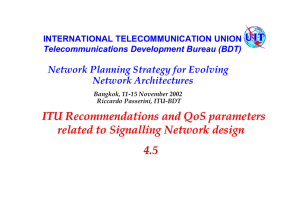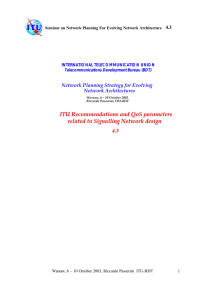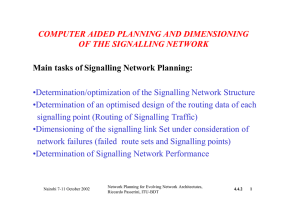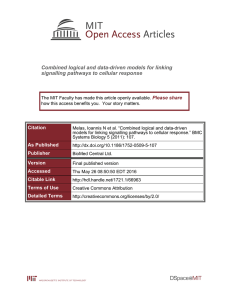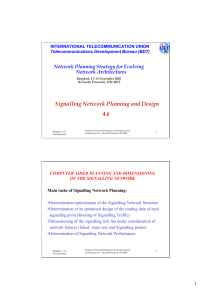Signaling Biochip – Profiling ligand-receptor induced signalling Nivetha Murugesan
advertisement
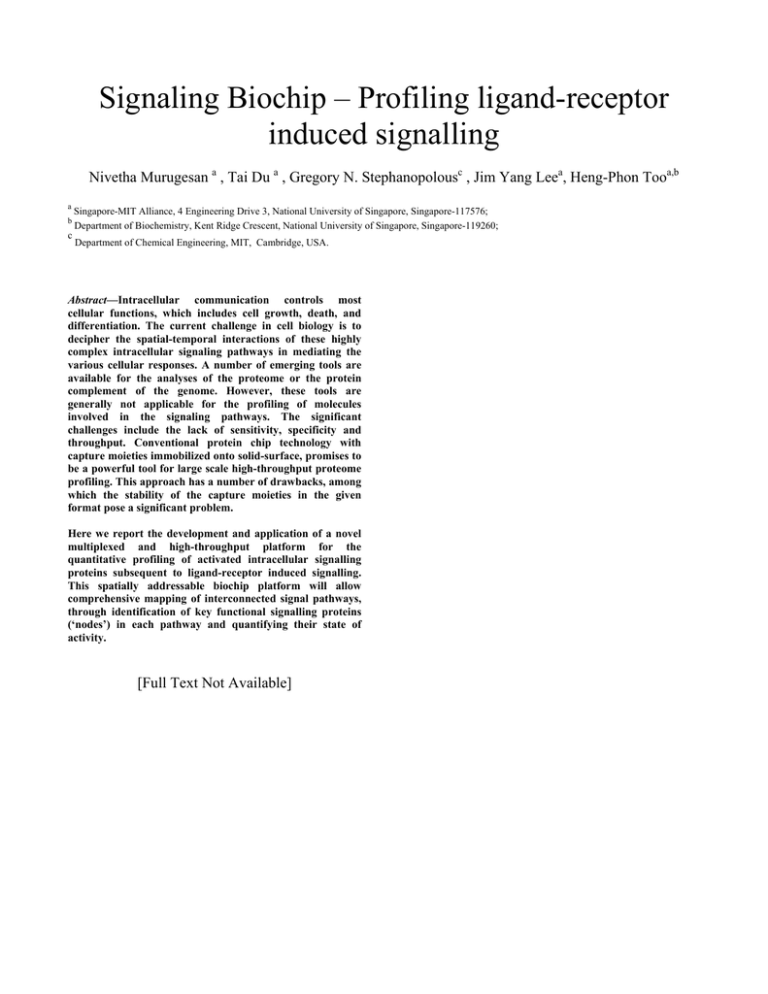
Signaling Biochip – Profiling ligand-receptor induced signalling Nivetha Murugesan a , Tai Du a , Gregory N. Stephanopolousc , Jim Yang Leea, Heng-Phon Tooa,b a b c Singapore-MIT Alliance, 4 Engineering Drive 3, National University of Singapore, Singapore-117576; Department of Biochemistry, Kent Ridge Crescent, National University of Singapore, Singapore-119260; Department of Chemical Engineering, MIT, Cambridge, USA. Abstract—Intracellular communication controls most cellular functions, which includes cell growth, death, and differentiation. The current challenge in cell biology is to decipher the spatial-temporal interactions of these highly complex intracellular signaling pathways in mediating the various cellular responses. A number of emerging tools are available for the analyses of the proteome or the protein complement of the genome. However, these tools are generally not applicable for the profiling of molecules involved in the signaling pathways. The significant challenges include the lack of sensitivity, specificity and throughput. Conventional protein chip technology with capture moieties immobilized onto solid-surface, promises to be a powerful tool for large scale high-throughput proteome profiling. This approach has a number of drawbacks, among which the stability of the capture moieties in the given format pose a significant problem. Here we report the development and application of a novel multiplexed and high-throughput platform for the quantitative profiling of activated intracellular signalling proteins subsequent to ligand-receptor induced signalling. This spatially addressable biochip platform will allow comprehensive mapping of interconnected signal pathways, through identification of key functional signalling proteins (‘nodes’) in each pathway and quantifying their state of activity. [Full Text Not Available]
